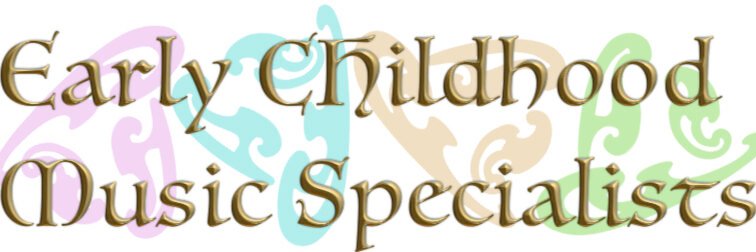Lesson 10 Understanding Basic Music Theory
1. Understanding Basic Music Theory
Key Elements of Music
- Rhythm: The pattern of sounds and silences in music.
- Simple Activities: Clap, stomp, or tap out basic rhythms with children.
- Teaching Tip: Start with familiar rhythms like “Ta-Ta-Ti-Ti-Ta” (quarter/crotchet and eighth/quaver notes).
- Melody: The sequence of pitches that make up the “tune” of a song.
- Simple Activities: Sing simple, familiar songs like “Twinkle, Twinkle, Little Star.”
- Harmony: When two or more notes are played or sung together.
- Simple Activities: Use chimes, xylophones, or bells to explore harmonic sounds.
- Dynamics: The volume of music (loud and soft).
- Simple Activities: Play a “loud/soft” game where children respond to dynamic changes.
- Tempo: The speed of the music.
- Simple Activities: Sing songs at different speeds (e.g., “Row, Row, Row Your Boat” fast and slow).
